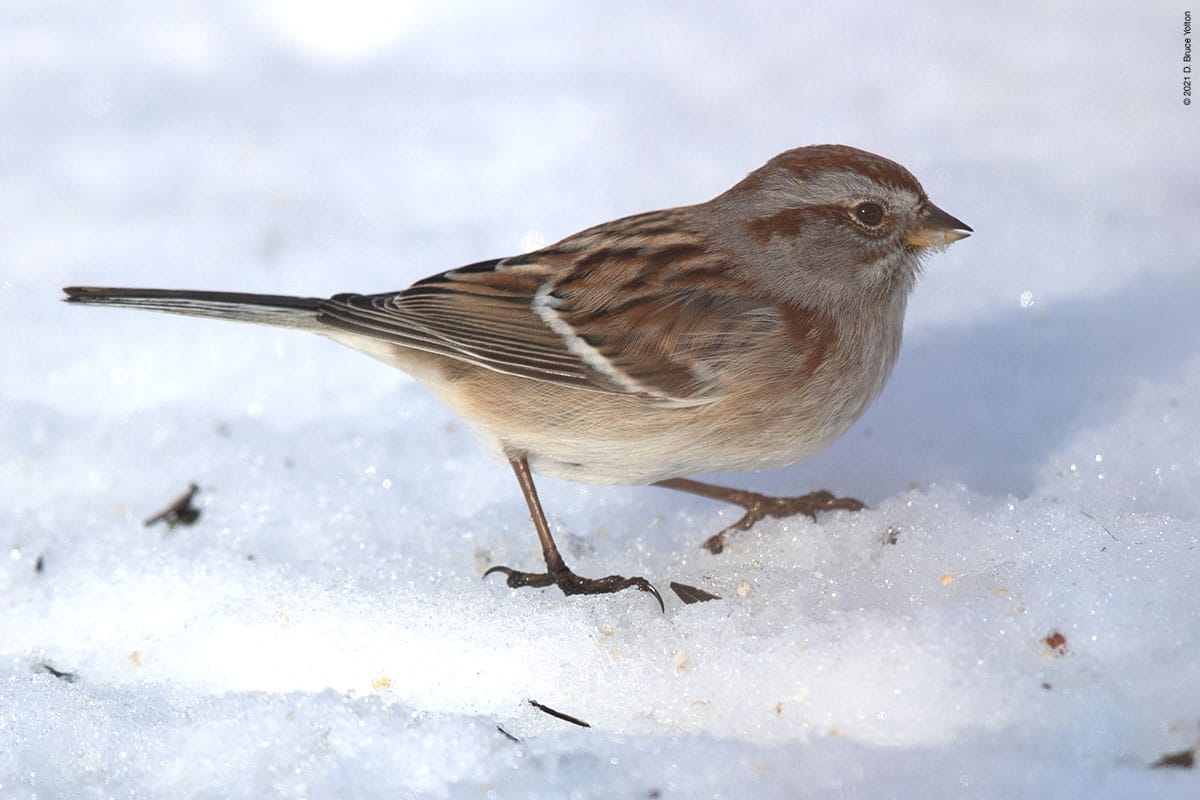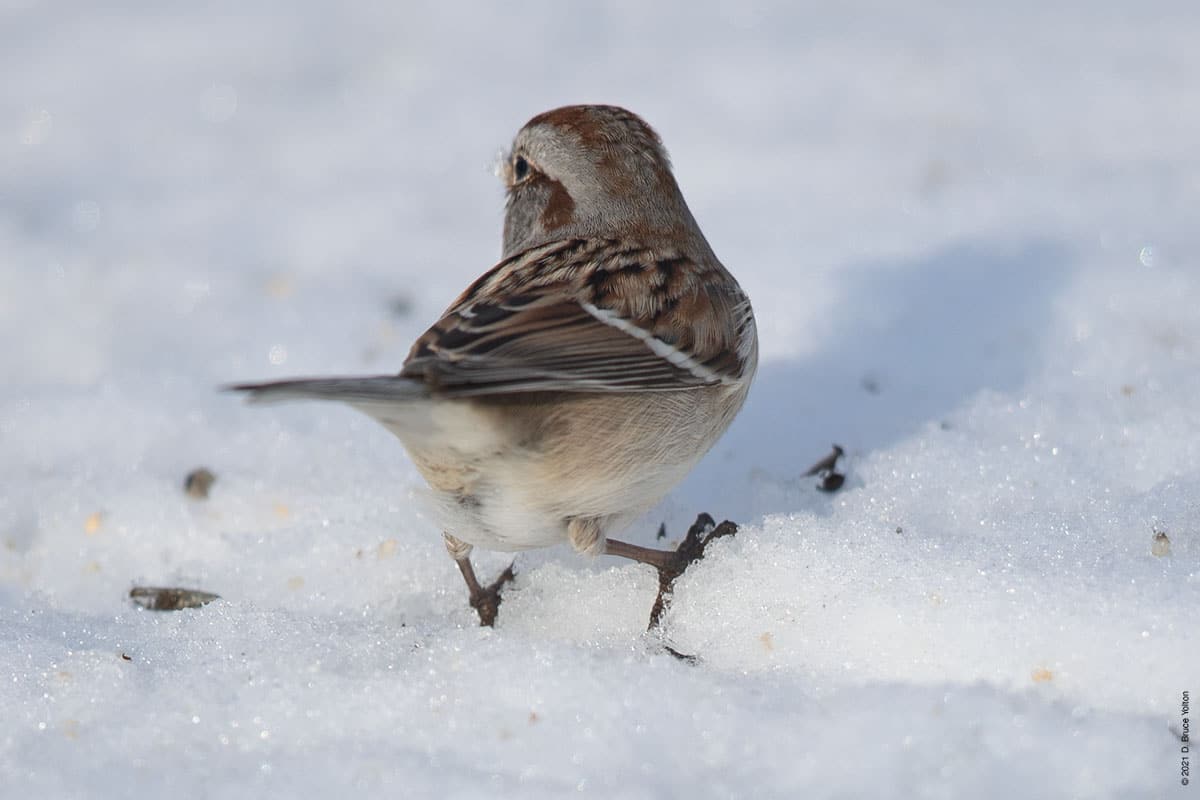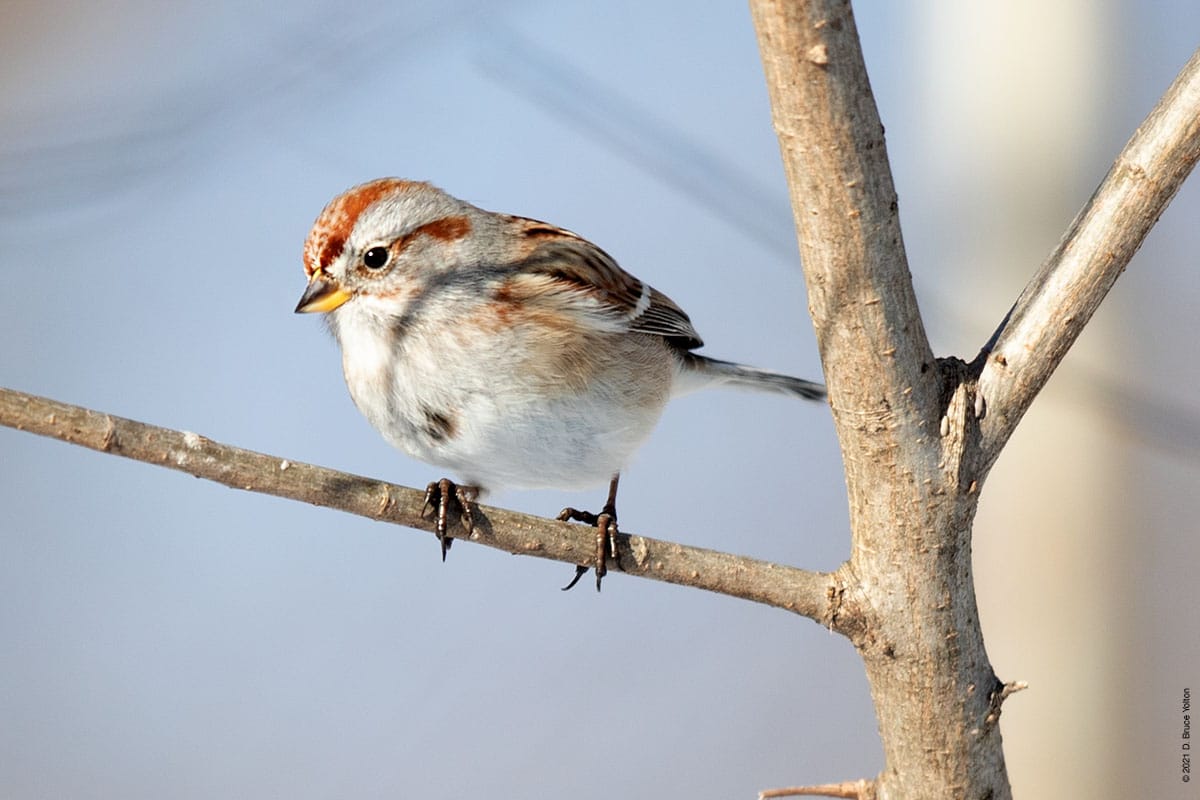I’ve run across lots of new birders lately that don’t know how to use eBird to see the observations of other birders in the area. It’s a fantastic tool, and much more comprehensive than the feeds available on Twitter. Even if you aren’t ready to record your birds on eBird yet, there are some great resources on the site.
Before I go out birding for the day, I look at the:
New York County Rare Bird Alert
On any given day, you’ll see the rare birds being seen, can click through to details and sometime photographs, and also see who is seeing the birds. (If you’re a registered eBird users, you can have this list sent to you hourly or daily via email.)
The details can be very helpful. They usually have more specific location information but also other great details. For example, a sighting of a Red-shouldered Hawk might be a fly over or a bird that has been around for a few days. A fly over might not be worth looking out for, but a bird that has been seen for a few days is worthy of keeping an eye out for.
Looking at who is reporting the bird is also very helpful. Sometimes a birder will make an entry error when doing a report. This happened this week with 50 Cackling Goose being reported. I saw the name, which I hadn’t seen before and knew it was someone learning eBird and mistakenly reporting Cackling Goose rather than Canadian Goose. We all make mistakes while learning to report birds! But if one of the top birders in the county reported 50 Cackling Goose, I would be making a trip to look for them.
I don’t normally run around after these birds, but I do modify my itinerary based on the alerts. So, with the American Tree Sparrow, when I saw we had lots of sightings in the last week, with reports from the Ramble, the Compost Heap, Green’s Bench in Central Park and Randals Island, I kept an eye out for them.
Knowing the American Tree Sparrow had been seen regularly at the feeders in the Ramble, I spent extra time there and got to see one fly in after a Red-tailed Hawk left the area. Sometimes the rare bird alert has me going to the Reservoir, The Pool or the North Woods instead of my usual walk in the Ramble based on what’s being reported.
In addition to using the Rare Bird Alert, there are two other eBird tools that come in handy.
eBirds Species Maps (requires you to have an eBird account):
American Tree Sparrow
eBirds Bar Charts:
New York County (Manhattan)
The maps allow you to see where a specific species is being seen, and the bar charts tell you when something will be seen. These both come in handy.
For the American Tree Sparrow, the bar chart says February is a good time to look for them.
This is helpful since a bird being reported out of season, might show up as a rare bird but might be much easy to find in later months. A warbler that’s for some reason decided to stay the winter in a pocket part in Manhattan might not be worth going after, for example.
In the fall, there was a couple at the Evodia feeders desperate to see a Yellow-belled Sapsucker, as they had seen all of the other common woodpeckers in the area. I said, I think you’re looking too soon. So, I got out my phone and looked at the frequency bar chart. I was right. The birds historically arrived a few weeks later. I said, worry about this bird in two week. They easily got the bird two weeks later.
For those of you outside of Manhattan, just go to the eBirds Explore page. You will see how to set up alerts for your area there.
For more information on how to start using eBird, click here.


